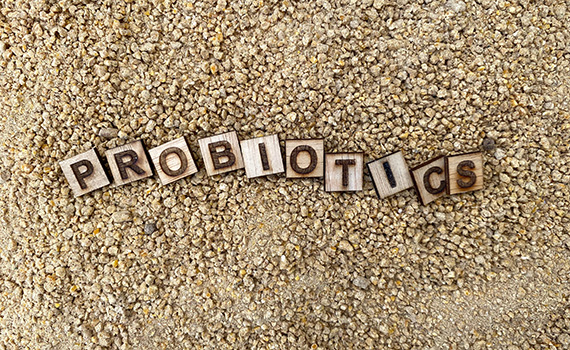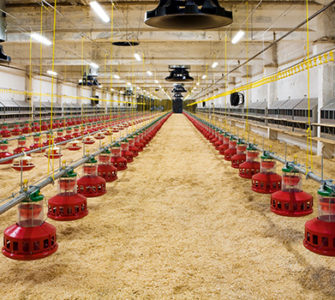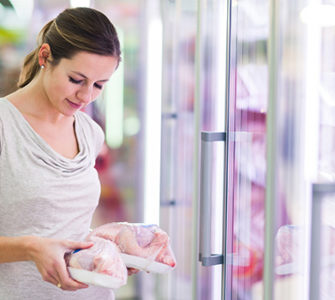Nutritionist: Understanding probiotics is key to managing them effectively in poultry
With the ever-increasing shift to “no-antibiotics-ever” (NAE) production, probiotics have become more common in poultry diets, said Elizabeth Bobeck, PhD, a nutritional immunology expert and associate professor at Iowa State University.
“Probiotics have been successfully used to prevent or ameliorate digestive and metabolic disorders, but the mechanisms of action of probiotics are diverse, heterogenous and strain-specific,” she said.
Probiotics defined
Probiotics are living microorganisms that “confer health benefits when administered to the host in adequate amounts,” Bobeck explained during a presentation at the Midwest Poultry Conference.
“Mechanisms of action include normalization of perturbed microbial communities, competitive exclusion of pathogens, modulation of biliary salt, short-chain fatty acid production and enzymatic activation, intestinal physiological changes and immunoregulation.
“Prebiotics, on the other hand, are a group of nutrients that can be degraded by gut microbiota into short-chain fatty acids, which interact with the local gastrointestinal tract and can also be used systemically,” she continued.
Complex interplay
There is a complex interplay within host species, based on strain, feed, manure ecology, age and other production and management factors, Bobeck noted. “As a result, individual bird microbiomes may tend to resemble each other within a particular building but will be diverse across production sites.”
The avian host, the diet being fed and litter microbiome all impact the gut microbiome, Bobeck said. Gut microbes influence intestinal morphology and physiology and interact with the hosts’ immune systems.
Dietary components and some antimicrobials modify the gut microbiome, while prebiotics favor the growth of beneficial bacteria.
The litter microbiome affects the gut microbiome as chickens continually take up microorganisms from the litter. In addition, intestinal bacteria in a chicken’s excreta influence the litter microbiome. A research study in which Bobeck participated showed how eggshell and environmental bacteria contribute to the intestinal microbiota of growing chickens.
Different responses
“Chickens and turkeys have distinct intestinal microbiomes, sharing only 16% similarity at a species-equivalent level,” she said. “The most predominant genera found in both chickens and turkeys were Clostridium, Ruminococcus, Lactobacillus and Bacteroides, but with different distribution between the two bird species.
“The gut microbiome plays a key role in development of the host’s intestinal morphology and immune function, importantly for both innate and adaptive immune features,” Bobeck added.
“Because of the diversity in probiotic type, dose, mode of action and complexity, combined with poultry strain and conditions, commercial settings may not all respond similarly to dietary or water-based probiotic inclusions,” Bobeck said. “And because most probiotics do not colonize the host, it is important to use them in a continuous and long-term fashion to see the most benefit.”
Posted on December 22, 2022

















